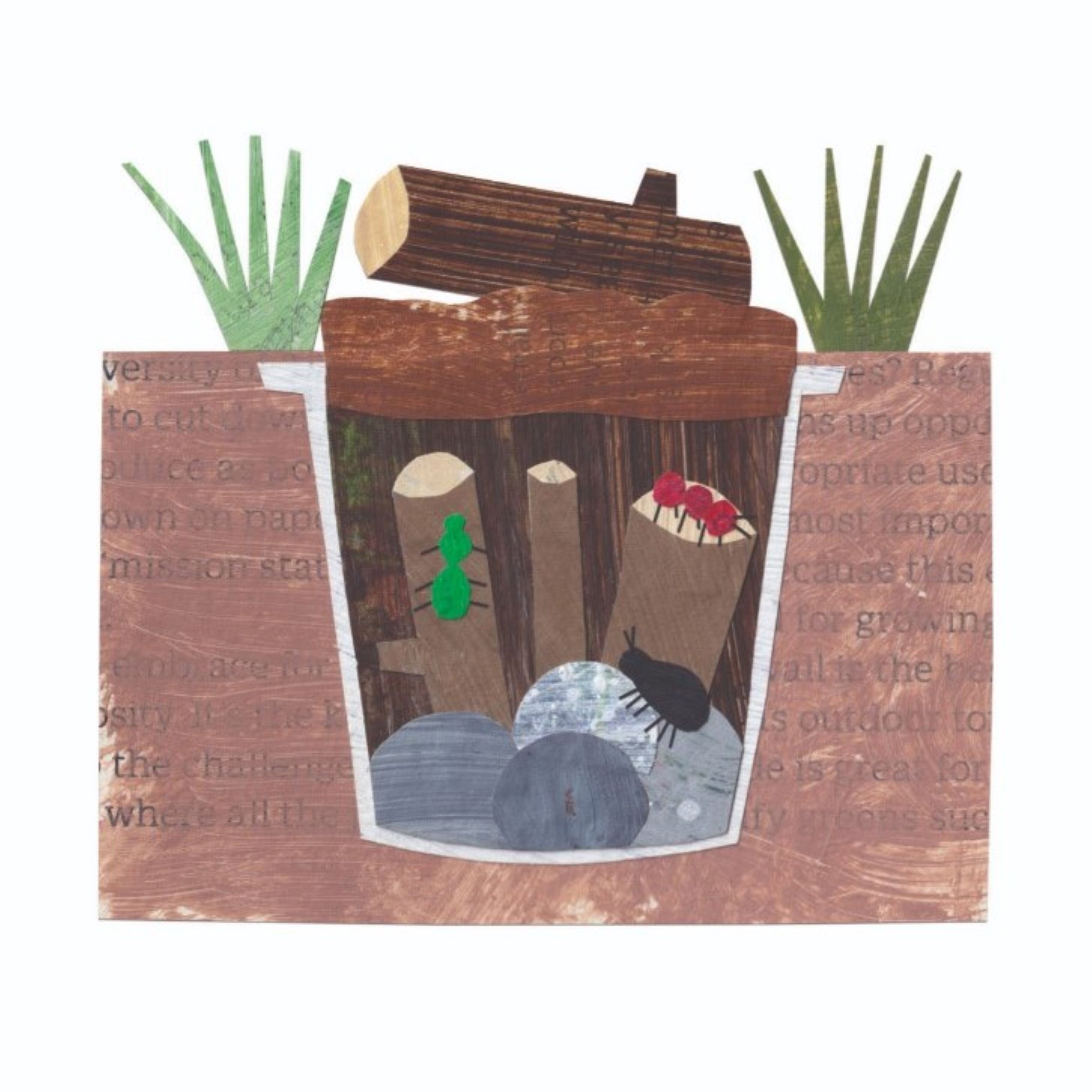Blurring the lines between home time and holiday time is a wonderful way to feel more relaxed every day and to make the very most of your summer
Taking a little of your ‘normal life’ with you on holiday is a simple way to get more from a new destination and see life there as the locals do rather than as a tourist would. Spending your time on holiday more as you might spend a day off at home is a great way to do this, shopping, exercising and generally living as a local. And there are equal benefits to bringing some of your holiday habits back to your ‘normal’ life… helping you to see things with fresh eyes and make the most of the everyday. Here’s how to do both, and maximise that holiday feeling whether you’re home or away.
Hobbies to take on holiday
Using your everyday hobbies can be a great way to discover another side to a new location, whether you’re in another part of the UK or a more far-flung location.
1. Go for a run
It’s the easiest way to get to know a new area. Many cities both here in the UK and abroad now have park runs, which are fun to join in with and then meet some locals afterwards with a coffee. But all you have to do is pack your trainers and you’re off exploring.
2. Visit the cinema
See if there’s a nice picture house within striking distance of your holiday destination. You might just find you can catch a film in a lovely 1930s cinema, or an outdoor cinema, even, bringing a whole new perspective to your movie-watching. If you’re abroad, watching a film in another language is a great way to immerse yourself a bit more in the culture.
3. Mooch around a book shop
A new book shop is always a delight, and going to one you don’t know throws up all sorts of treasures. You might find local interest books that will give you some new ideas for things to do while there, or perhaps will find a book by a local author to take home as a souvenir. A foreign language novel may get you fluent by the time you leave (or will at least make you look cool while sitting and reading in a cafe back home).
4. Have a swim
Take the chance to explore the scenery on a wild swim somewhere beautiful or simply find a nice pool and enjoy a few lengths with no job or chores to rush home to afterwards.
Habits to bring home
Make yourself a promise to keep doing some of things that make you happy on holiday when you get home.
1. Have evening drinks
It doesn’t have to be Negronis on the terrace every evening. Just sitting down with a glass of wine, or juice to enjoy the last of the daylight as you prep the veg for dinner is a lovely way to say ‘that’s the day done, now let’s relax’.
2. Breakfast well, too
When you’re away, breakfasts are somehow more of an event. Eggs Benedict and fresh fruit salad every morning is lovely, but you can get that holiday feeling (and set yourself up well for the day) just with some decent coffee and a nice granola or sourdough toast, all enjoyed in a bit less of a hurry. Set your alarm 15 minutes earlier to do breakfast properly and you won’t regret it.
3. A daily walk
On holiday, it feels so easy to fall in love with the local area. How often have you had a favourite promenade by the end of the week that you know you’ll miss when you leave? Why not find a ‘favourite walk’ at home, too, and make a few daily steps into a simple pleasure and a moment to reset?
4. Immerse yourself in the local culture
If you were on holiday in your hometown, what would you do? Well, do it at home, too! Visit your local museum, buy that local wine and read up on the history of the streets where you live and you’ll suddenly see it all in a new light.
Our hobbies to take on holiday and habits to bring home were inspired by our feature Slow Summer in our July issue, which includes advice from Jo Mattock on blurring the boundaries between home and holiday, as well as other ideas from Rebecca Frank on taking your summer a little slower.
Buy this month's The Simple Things - buy, download or subscribe
More from our July issue…






































































